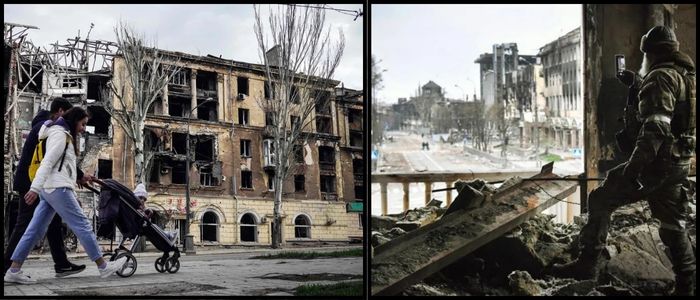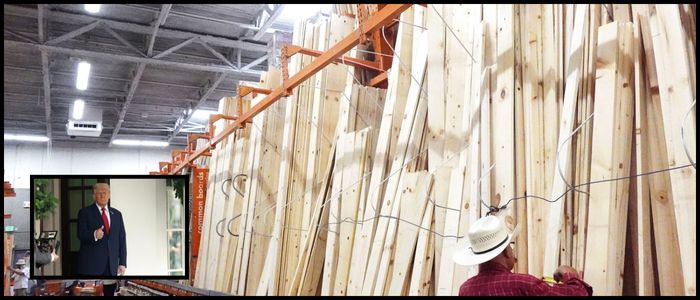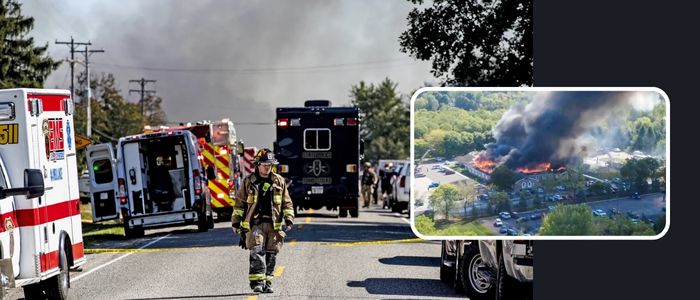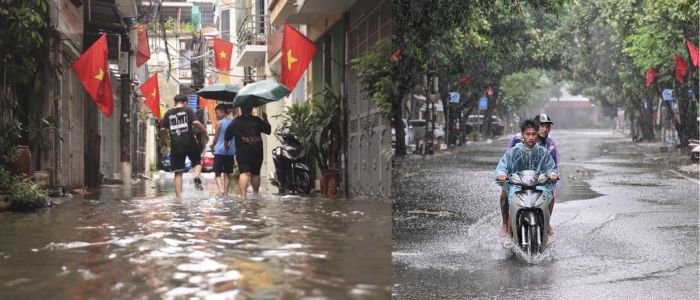“Most of Mariupol is still in ruins,” said John, a Ukrainian who remains living under Russian control and declined to be identified for his safety. “They only just fix the facades on the main roads to film, but there is only rubble around the corner. “People are living in houses where nothing is left except ruined walls.”
The intense fighting in the first months of the invasion left thousands dead and the UN estimates that 90% of the city’s residential neighborhoods were damaged or destroyed. Even as the authorities tout a renewal, those inside and outside of the city speak of hardship, shortages, and destruction.
Olha Onyshko, 66, who escaped to Ternopil, says: “We had a beautiful city, but now it is ill. One square in the center is all that has been rebuilt. At other sites, dead bodies were removed “with the rubble, not even sorted out.”
Struggling with Shortages and Propaganda
Mariupol's water supply issue is very serious. “For one or two days water comes, then nothing for three days,” says James, another resident. It’s yellow, and when boiled, the water is unsafe to drink.” Some compare its appearance to “Coca-Cola.” The Siverskyi Donets–Donbas Canal, the old water supply of the city, was damaged by the fighting.
There’s only one reservoir left, says Mr. Orlov, the former deputy mayor, that was only enough for around a year and a half. “Now there is no drinking water left at all,” he says.
In addition to lack of water, power cuts, expensive food, and empty shelves of medicine are all often reported. “Diabetics dying because they can't afford it and it’s too expensive,” James continues."
Education has also changed. Kids are learning that much of Ukraine, from Donetsk and Luhansk to Kharkiv, Zaporizhzhia, Kherson, even Odesa and Crimea and Dnipropetrovsk, is in Russia. Andrii Kozhushyna, who was educated in Mariupol before he fled to Dnipro, said that lessons called “Conversations about Important Things” inculcate students with Russia’s version of the war.
Teachers who don’t comply are bullied or fired. John calls it an effort to “reprogram our children.”
During May’s Victory Day ceremonies, Mariupol was festooned in the colors of the Russian flag, and Soviet-style celebrations took place, which Ukraine had previously distanced itself from before the war.
Secret and Resistance Struggle for Liberty
Even as the risks have multiplied, underground resistance has persisted. At night, some residents paint Ukrainian blue and yellow symbols on walls, and hang messages that say things like “Liberate Mariupol” and “Mariupol is Ukraine.”
James, John, and Andrii are part of the resistance. "These messages are moral support. They are us still here,” James says of them. Their primary job is to collect intelligence for Ukrainian forces: monitor troop movements, shipments of weapons, and repair equipment. James has an underground camera and he is shooting pictures and sending them through secret mail.
Occasionally, they have also conducted sabotage. Twice, activists set fire to signal boxes, stopping trains arriving in the city. The risk is high. Andrii was forced to leave after his identity became known. “I noticed one of the soldiers showing my picture at a store. I left immediately,” he says. He traversed a number of cities on his way to Ukraine, traveling through Belarus to the north of Ukraine.
Inside Mariupol, life remains tense. Phones are examined at checkpoints and any hint of suspicion can result in arrest. "Every day, you delete messages. You're scared to call friends. A local man living down the street had been arrested and charged with providing information to Ukraine,” James says. It is, she said, “like a movie, with fear, with distrust.”
Some have proposed that Ukraine should cede land as peace talks chug along. But for the people in Mariupol, that is not acceptable. “That would be a betrayal,” says John. “We don’t want peace no matter what. We want liberation.”
Top

Mariupol Residents Reject Russian Claims of Recovery

More than three years after Russian forces overran Mariupol in a harrowing siege that killed hundreds of people here and sunken the city to Mars, residents say that the city is hardly out of the woods. Videos posted online show daylight scenes of tree-lined streets and refurbished buildings, but residents there tell a different story.











